1 Comments
share this
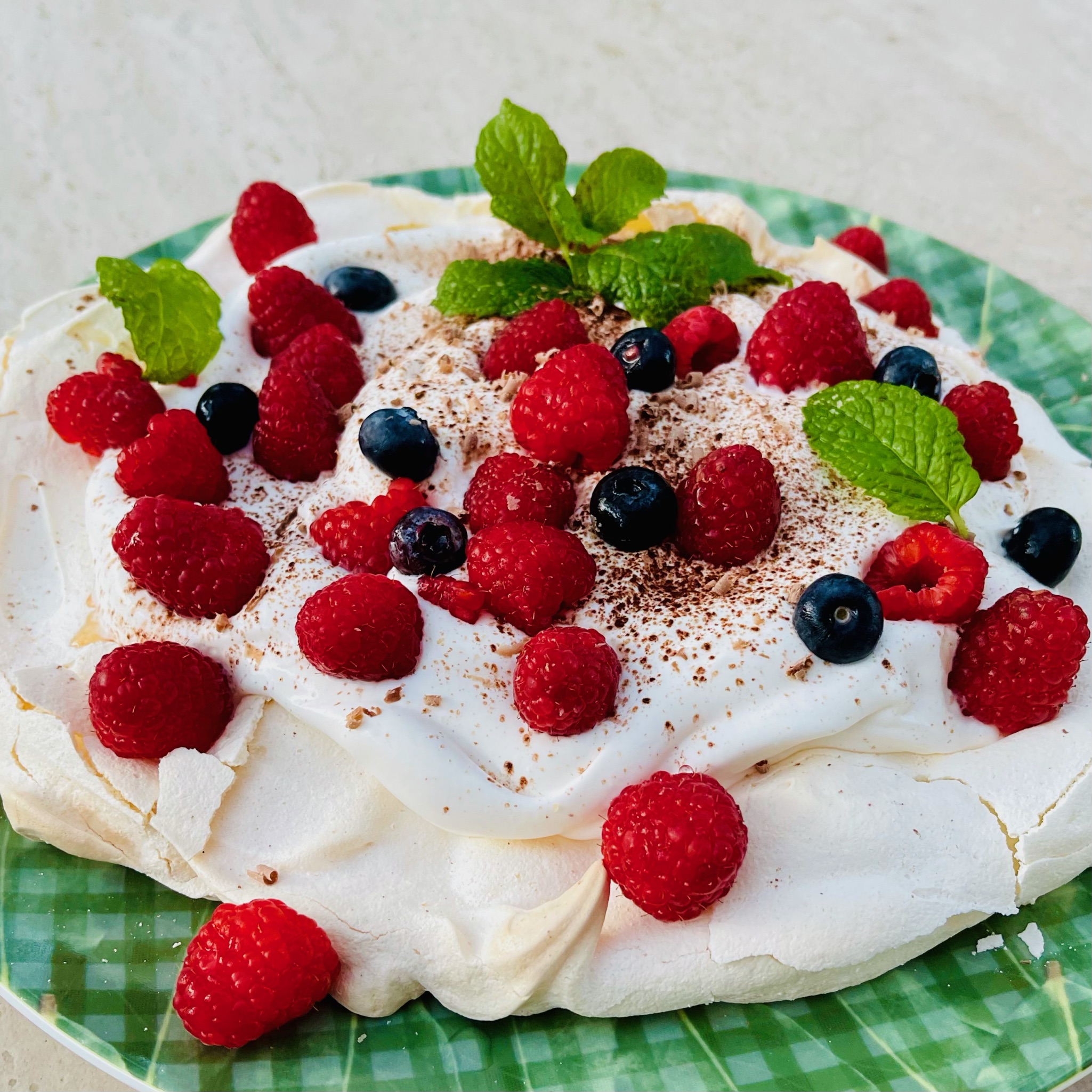
I remember growing up in South Africa, my family would take a long Sunday drive to a farm that served the most amazing home-made savory pies and meringues with whipped cream. I always felt that meringues had to be drenched in cream to neutralize the sweet taste and dry texture. It wasn't until I discovered "pavlova", that I realized that my issue with the meringue texture was addressed. I then needed to experiment to make one with less sugar. This less sugar pavlova recipe is the answer.
What is Pavlova?
Pavlova is basically a meringue, but with the addition of the acid (lemon juice) and cornstarch, pavlova has the outside shell of a meringue but a softer, chewy center of a nougat. Pavlova is named after the Russian ballerina Anna Pavlova. According to wikipedia, "The dessert is believed to have been created in honour of the dancer either during or after one of her tours to Australia and New Zealand in the 1920s.[2] The nationality of its creator has been a source of argument between the two nations for many years.[6]"
Tips
Pavlova Shells.
You can either make one large shell or individual nests. They do not have to be perfect looking because when you add the cream and berries, you don't really see the shape of the pavlova. To make individual nests, you can either use a piping bag with a big tip or place the mixture in a large zip-loc bag and cut the corner of the bag. (A very cheap and easy piping bag!) Just remember to adjust the baking time accordingly if making individual pavlova nests. See Pavlova Options.
The key to a light pavlova that keeps its shape is to make sure that your egg white mixture maintains its shape. Several things to ensure this:
Egg whites.
Stiff egg whites can only be attained if you do not contaminate your egg whites. A slight bit of water, yolk or oil will result in a egg white mixture can won't have stiff peaks.
In my opinion, I have not found a difference in the pavlova if you use fresh or old whites or refrigerated or room temperature whites. See The Best Eggs for Meringue and Why.
Sugar.
Amount of sugar:
Over the years, I've been experimenting to find the a less-sugar pavlova recipe with the least sugar to egg-white ratio, making it "healthier" without compromising the body of the meringue. I found a 1:1.5 egg-white to sugar ratio can work.
Sugar granule size:
I learned that if you blend your sugar to a finer granule, (what was known as castor sugar in South Africa) the texture of the pavlova is smoother rather than "gritty" as the smaller sugar granules mix better with the egg white. However, do not grind the sugar to a powder as it will deflate your whipped egg whites. I usually use a compact blender that I normally use for my smoothies as this is not as powerful as the vitamix so I have more control over the granule size.
Cream of Tartar.
Adding cream of tartar when the egg whites are whipping will stabilize the egg whites, creating a more rigid structure.
Other ingredients.
Adding the vanilla extract, lemon juice and cornstarch to the stiffly beaten egg whites gives the pavlova its chewy center. This should only be done during the last 30 seconds after the sugar has been added and the egg whites has already reach the stiff peak stage in order not to deflate the mixture.
Technique.
Whipping the egg whites.
What I do realize is that how you get the egg whites to peak is important. When you initially whip your egg whites, do so at the lowest speed until it becomes frothy. This may take a while, depending on your blender, but be patient! When the egg whites are white and frothy, sprinkle your cream of tartar and start to gradually increase the speed of the blender to medium high. Start adding sugar when the egg whites reach soft peaks and continue to increase speed of blender to the highest speed and egg whites are stiff and shiny.
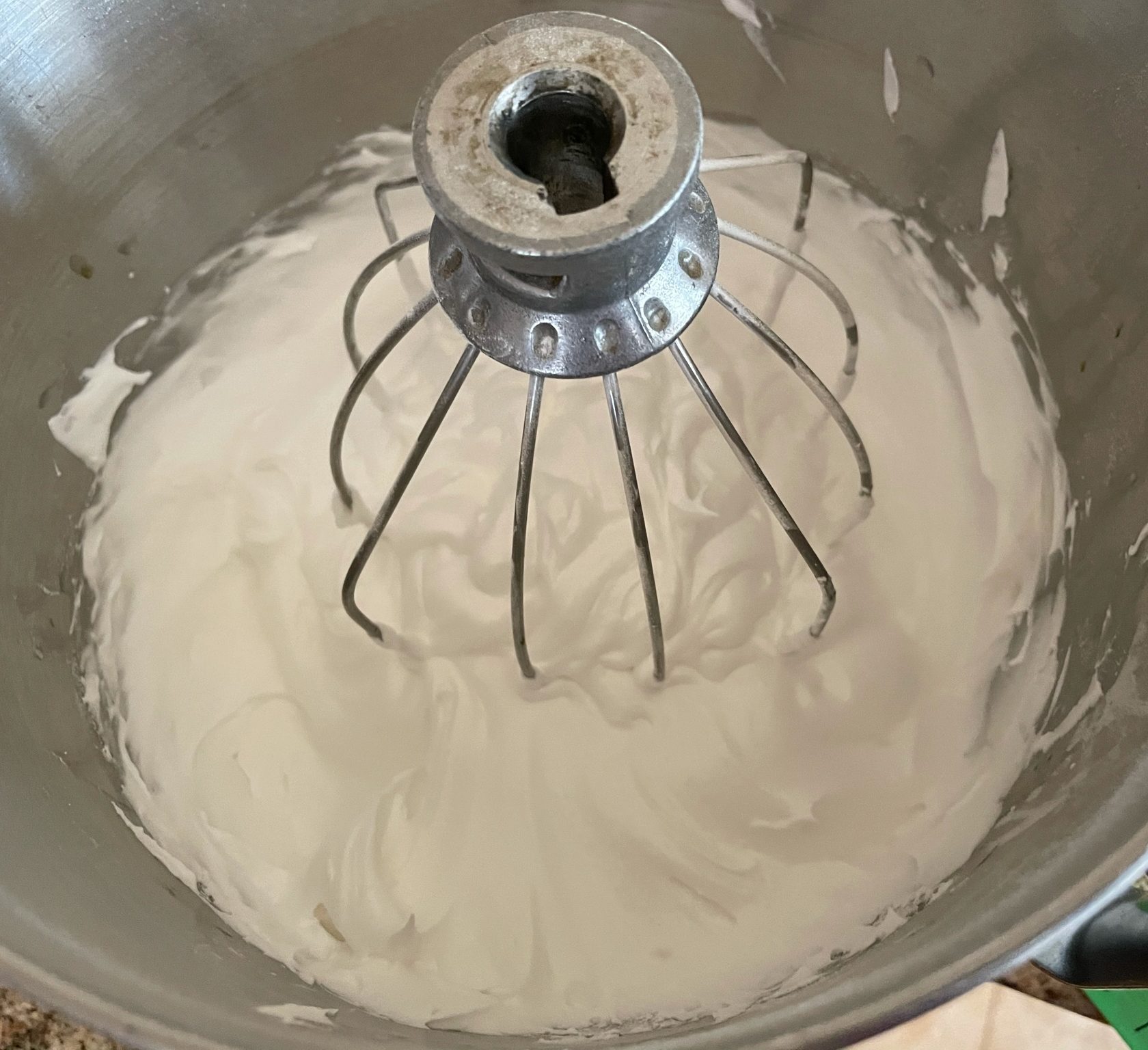
Thickness of egg whites after adding sugar, lemon juice and cornstarch. The whisk should be able to stand on its own!
Baking.
Use a silicone mat or parchment paper to allow easy transfer of baked pavlova shells.
Pavlova Options.
Pavlova shells can be made free-form by just spreading the pavlova mixture using a spoon or can be piped by placing the meringue into a ziploc bag. You can make a wreath, large circle or pipe individual "nests".
Toppings.
Topping the pavlova with any fruit makes this very eye-pleasing and versatile as a "themed" dessert. The whipped cream and fruit should be added just before serving. I suggest not adding any sugar to the whipped cream so that the dessert is not overly sweet!
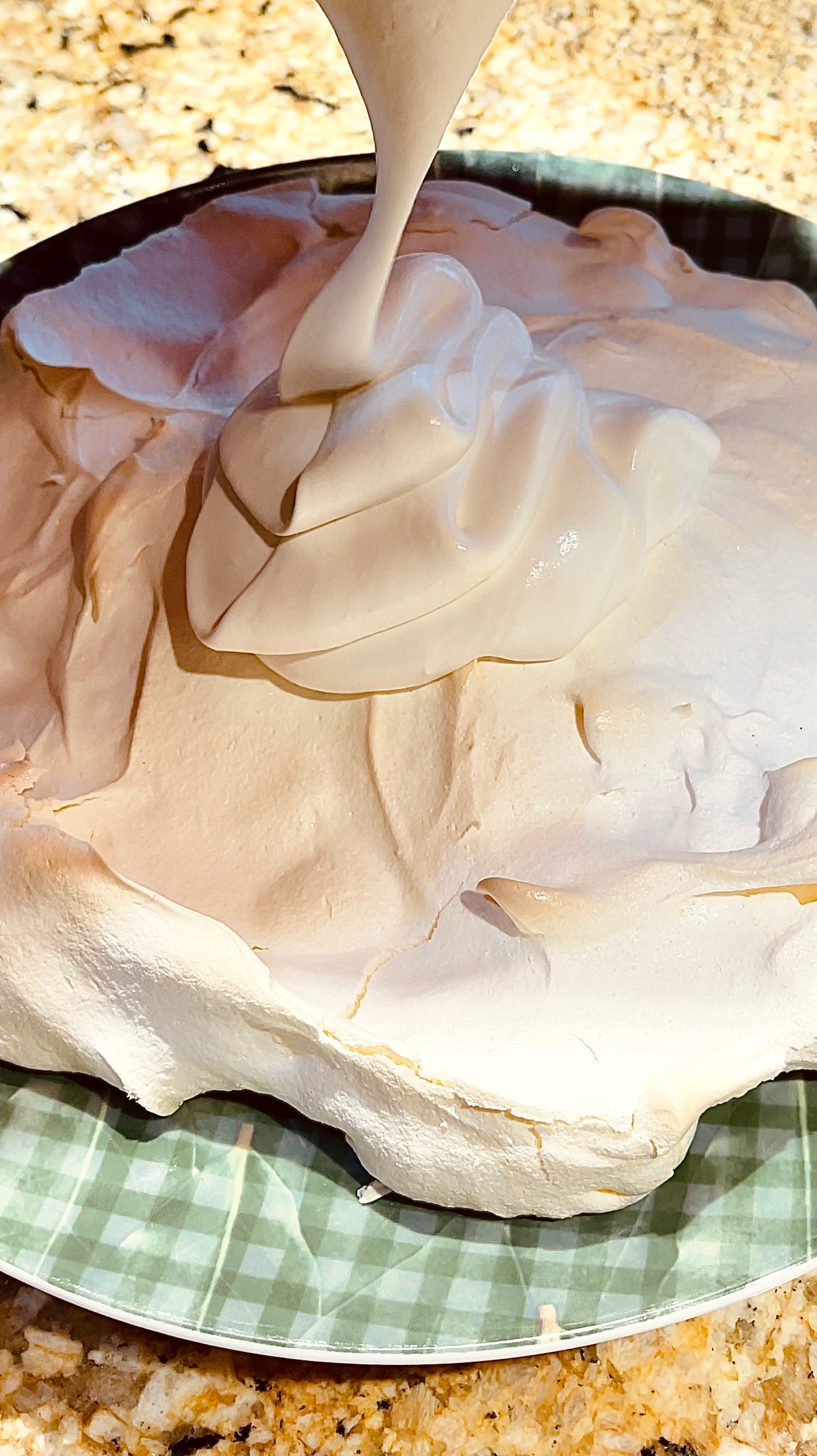
Fresh cream added to pavlova. (No sugar added)
Enjoy this less sugar Pavlova with fresh whipped cream and berries recipe and let me know what you think!
BERRY PAVLOVA
Equipment
Ingredients
Pavlova Shell
- 120 grams egg whites (~4 large) at room temperature
- ½ tsp cream of tartar
- 180 grams sugar
- ½ tsp pure vanilla extract (2 grams)
- 1 tsp fresh lemon juice (3 grams)
- ½ Tbsp cornstarch (5 grams)
Topping
- 1 cup heavy whipping cream
- 1 tsp pure vanilla extract
- Fresh fruit Patriotic pavlova: blueberries, raspberries, strawberries.
Christmas pavlova: strawberries, sprigs of mint
Instructions
Pavlova Shell
- Prepare your baking tray by either by lining with a silicone pad or parchment paper.
- Preheat oven to 270° fahrenheit.
- Blend your sugar to make the granules fine BUT NOT POWDER.
- In a mixer, slowly beat egg white until frothy.
- Add cream of tartar.
- Beat egg whites on medium low speed until they hold soft peaks.
- Gradually add your sugar, increasing the speed of the mixer until the meringue becomes very stiff, shiny peaks. Mixture should feel smooth.
- Add the vanilla extrace, lemon juice and cornstarch in the last 30 seconds.
- Spread the meringue onto your pan. You can make a wreath, large circle or pipe individual "nests".
- Bake for 10 minutes at 270° fahrenheit. Set timer for 10 minutes at 270°F
- Reduce temperature to 190° fahrenheit and bake for another 80 minutes. DO NOT OPEN OVEN DOOR.Set timer for 80 minutes at 190°F
- Remove and cool.
Pavlova Topping
- Beat whipping cream with vanilla extract.
- Just before serving, add cream onto pavlova and decorate with berries and fruit.
Notes
Nutrition
Need meal ideas?
EASY, HEALTHY, DELICIOUS!
DON'T MISS A RECIPE
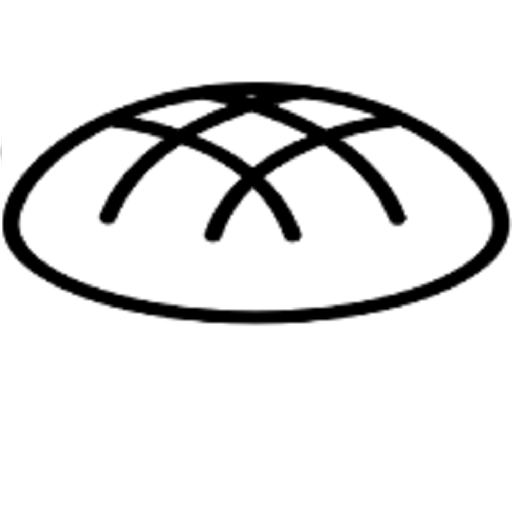
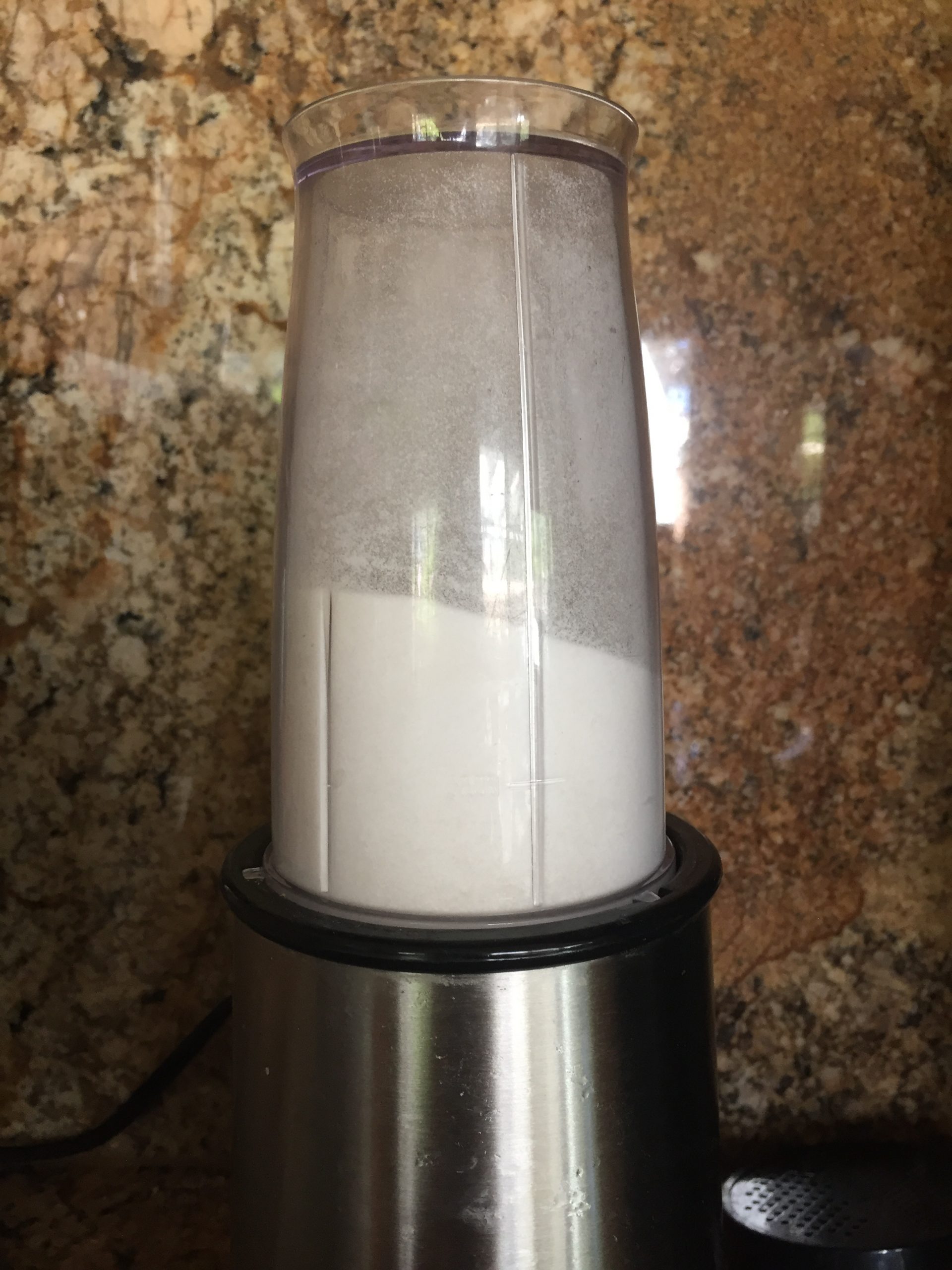

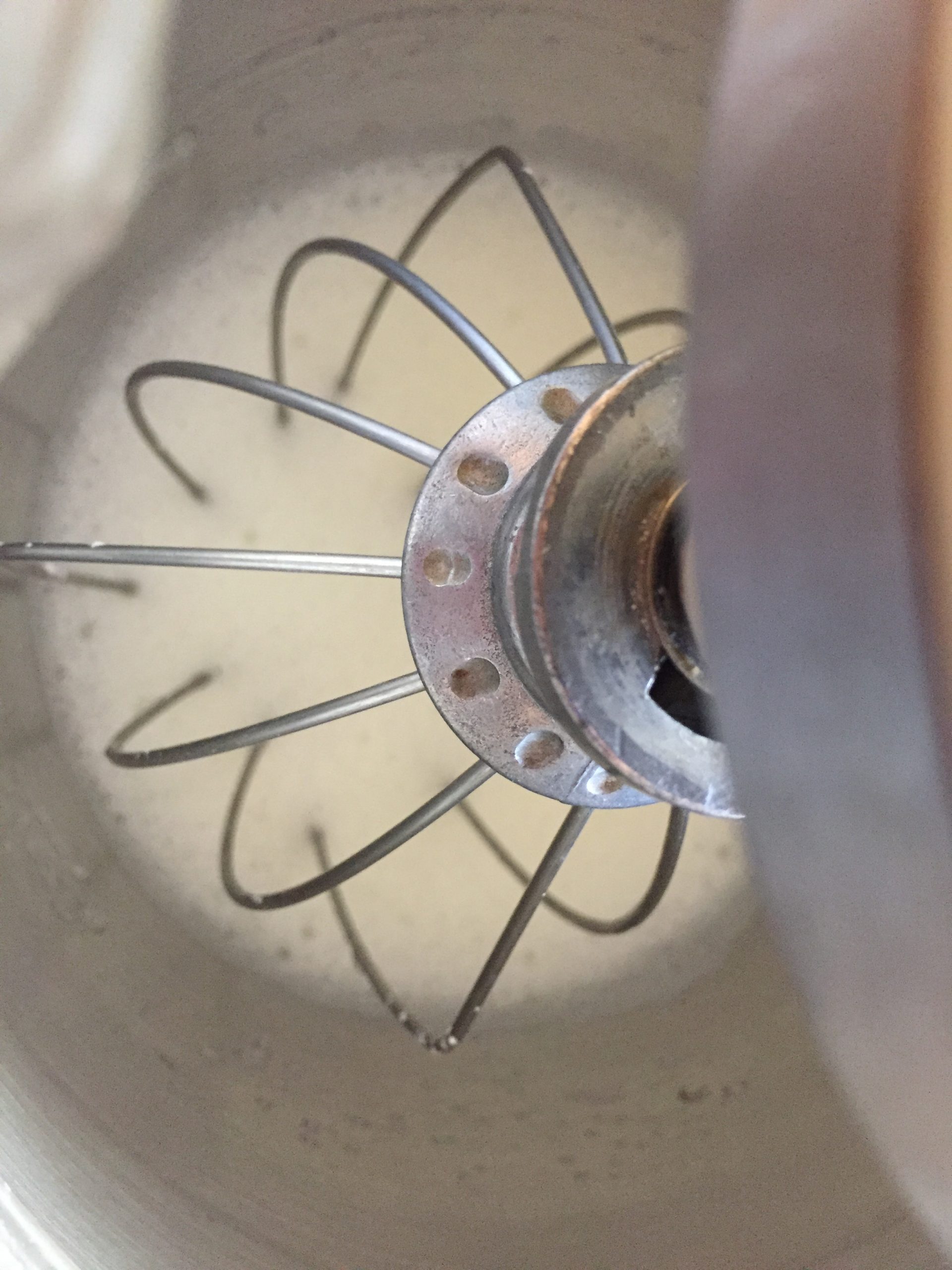
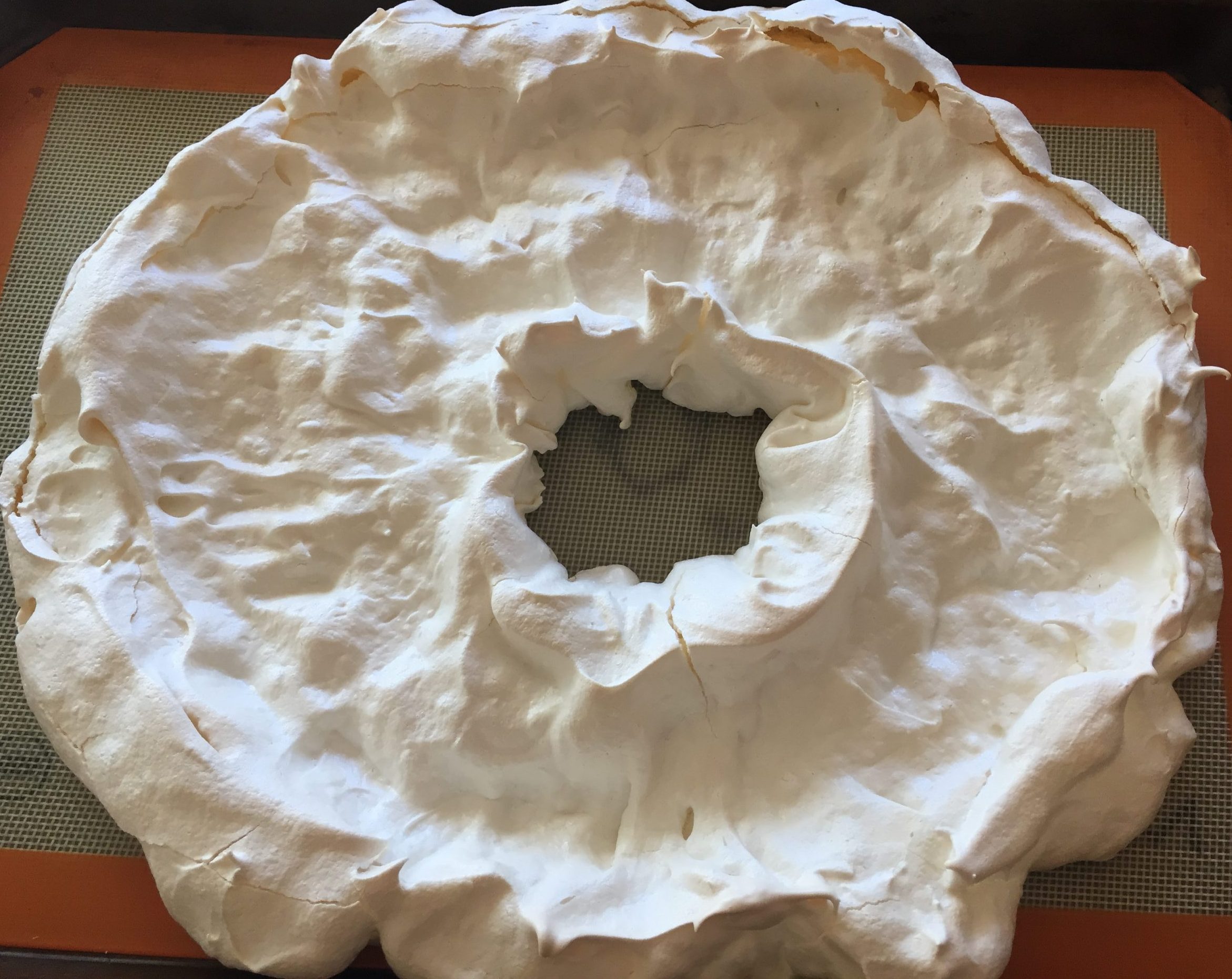
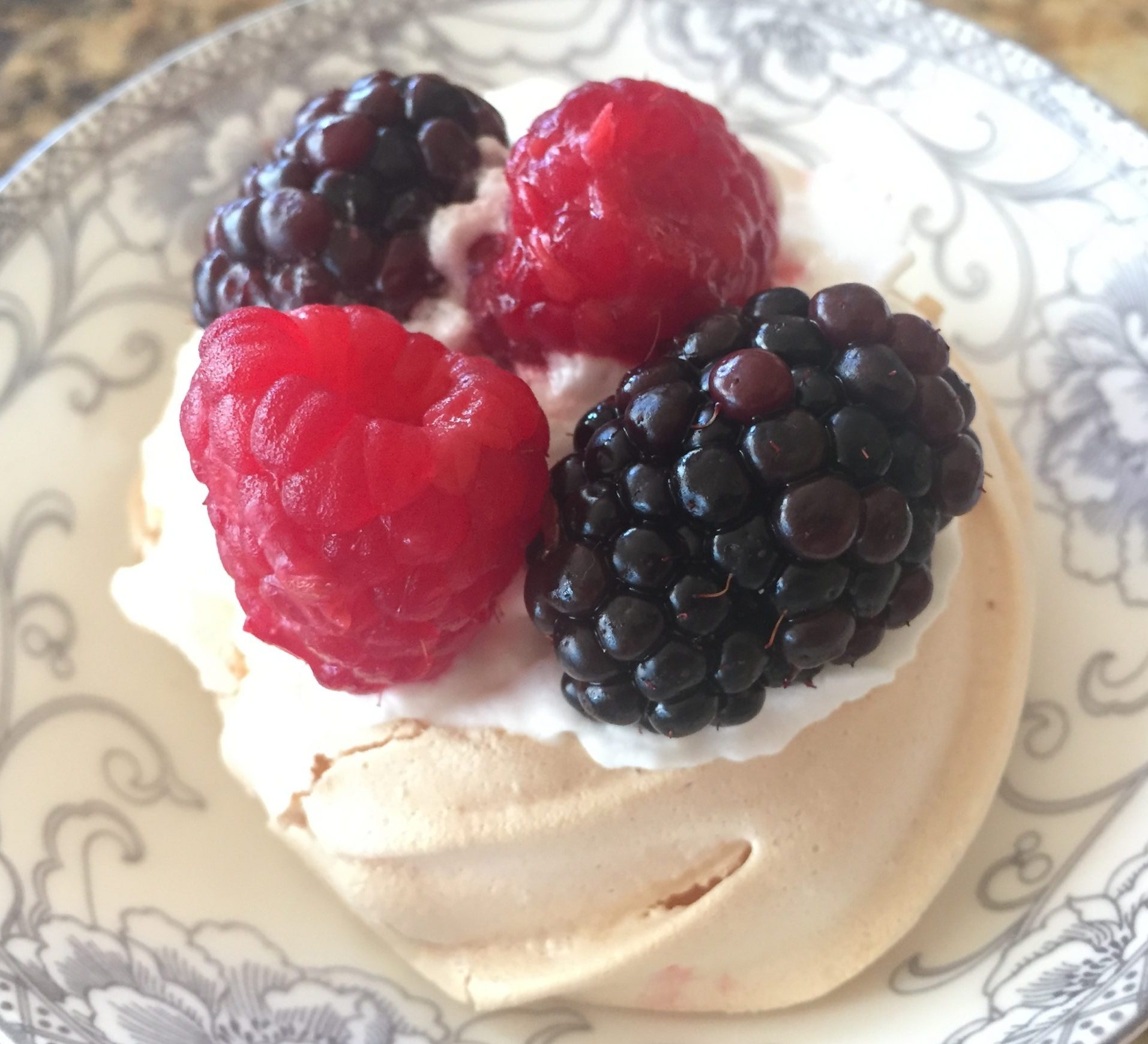

Thanks For Sharing this amazing recipe. My family loved it. I will be sharing this recipe with my friends. Hope the will like it.